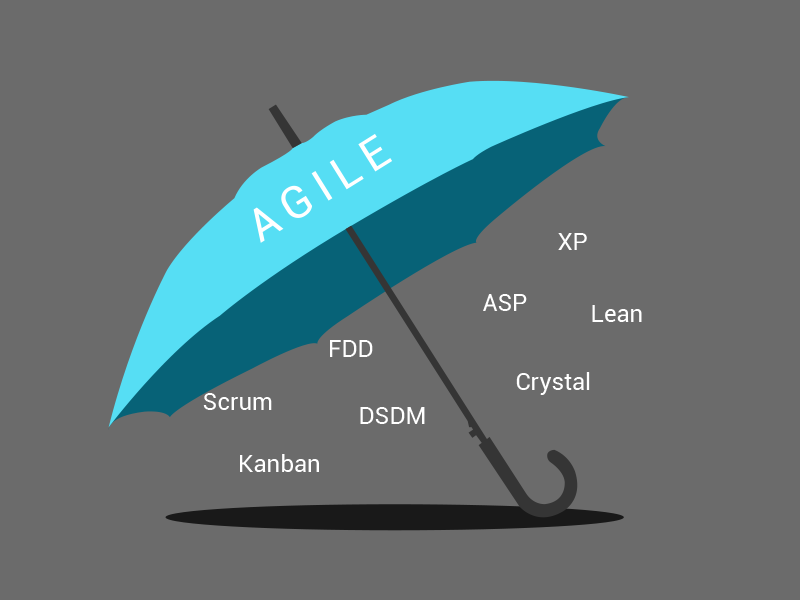Successful projects are always managed well. To manage a project efficiently, the manager or the development team must choose the software development methodology that will work best for the project at hand. All methodologies have different strengths and weaknesses and exist for different reasons.
Agile software development methodologies have proven their mettle in recent years and “agile” is becoming a buzz word in software development and project management.
What is the Agile Software Development Methodology?
Agile development works on the principles of iteration and incremental development. It does not rely on a linear method approach but focuses on the rapid delivery of fully functional application components.
The focus is not on tasks, but on time phases called “sprints.” These sprints are of specific duration and begin with a detailed plan of what is to be delivered at the end of a sprint. Continuous testing, feedback, and improvement are vital aspects of the agile methodology.
Agile methodology focuses on individuals and interactions rather than processes and tools. The primary measure of progress in agile methodology is delivering working, tested software. This serves as a basis for collaboration between teams and customers, gaining feedback and swiftly responding to change.
This way, stakeholders and projects have complete visibility on where the project stands and the business value they can expect at any given point of the project.

What is a scrum?
Scrum is an important aspect of the agile methodology and deserves a mention in the context of discussing agile methodologies. Scrum advocates a self-organizing and cross-functional team by using the principles of agile methodology.
The Scrum method is supported by two specific roles.
- The Scrum Master: Who acts as the coach to direct teams towards agility and high performance
- The Product Owner: Who helps the team build the right product and represent the company and end-users
Why Agile Methodology Trumps Traditional Development Methods?

1. Faster and Better Workflow
Implementation and development begin almost immediately in agile development and the processes and development are refined in increments based on continuous feedback from customers and project teams.
2. Multilevel and continuous planning
Multi-level and continuous planning is a vital feature of the agile development methodology. The planning usually happens on at least two levels – the release level and the iteration level.
At the release level, planning involves identifying and prioritizing the necessary features required in the software. Planning at the iteration level involves which features must be implemented next and the optimal size of batches which can be practically delivered in a single iteration.
3. Customer Focus
The most important feature of agile methodologies is that it places the customer at the center of the development process. Teams are directed to think of product design through user stories and use cases, which ensures that customers are always kept at the heart of the process.
User stories specify the needs of the end-users and the various scenarios that they will use to fulfill that need. Use cases show how the product developed will help end-users achieve the outcome they want in the user story.
Business Success with Agile Software Development Methodologies

Businesses the world over are embracing and implementing agile methodologies in their efforts to improve their project management capabilities and improve performance.
Agile methodologies focus on driving real business value, not just building features. With the implementation of continuous delivery, teams can increase feedback, remove waste and roadblocks, making sure every small batch of code is fully testable. This constant testing maintains and improves quality without sacrificing velocity.
Agile is all about team collaboration and communications. Communication among team members increases transparency while empowering them to do a better job by constantly reminding them of the common goal, the mission statement. The increased transparency and clear goals also mean that your team doesn’t require micromanagement.
While working closely with client stakeholders, teams are able to anticipate product changes and make quick course realignment all while working creatively to prioritize features and efforts.
Unlike other methodologies, Agile development encourages shorter release cycles and more frequent deliveries, resulting in a constant audit of the quality of the product. Since checked at every stage, the changes of a project to reach complete failure are almost zero.


Leave a Reply